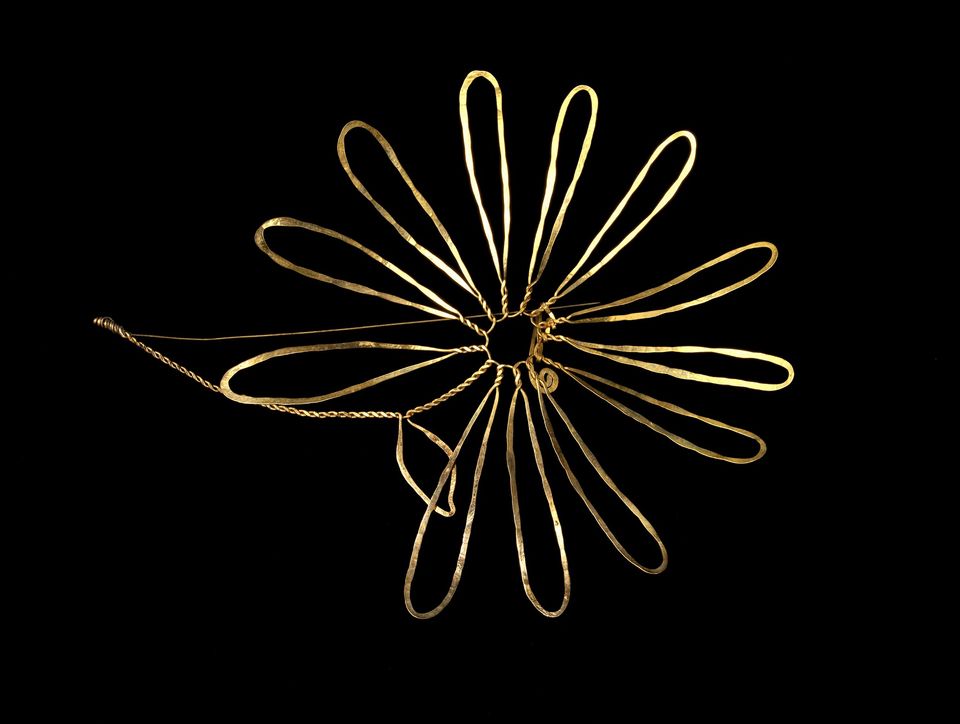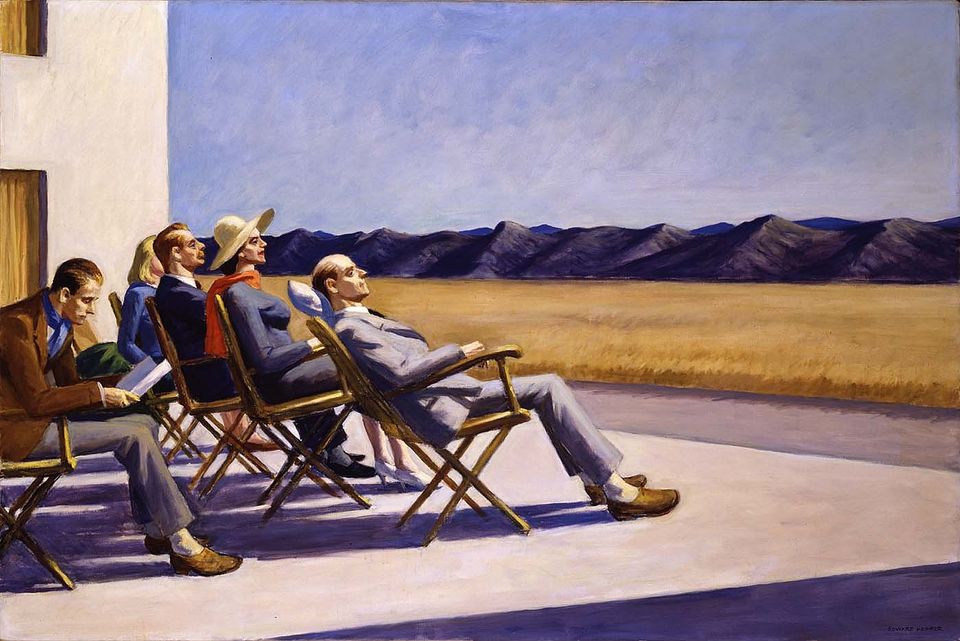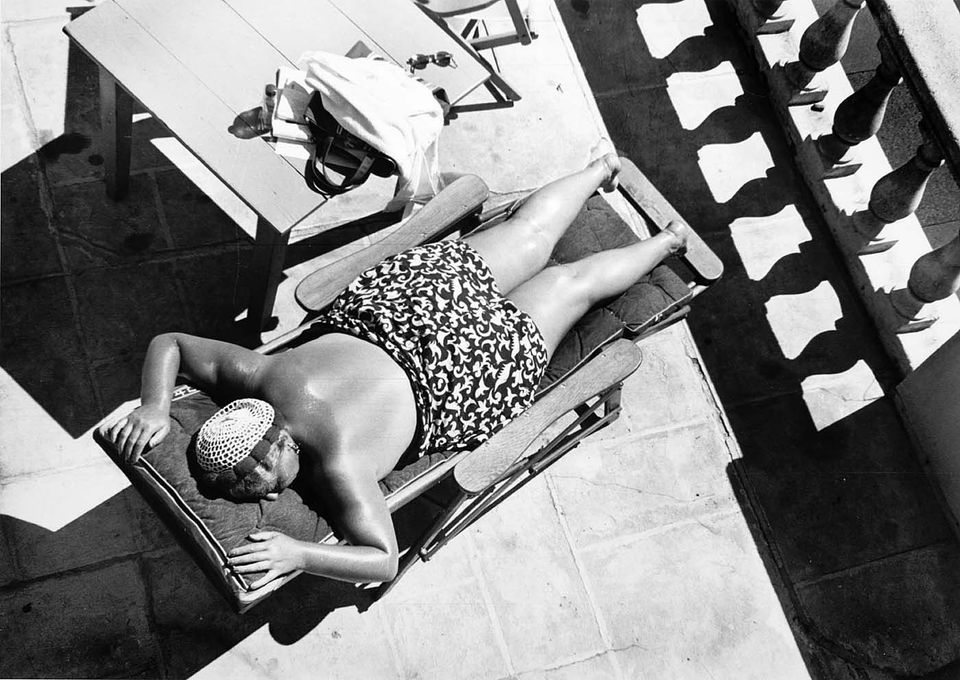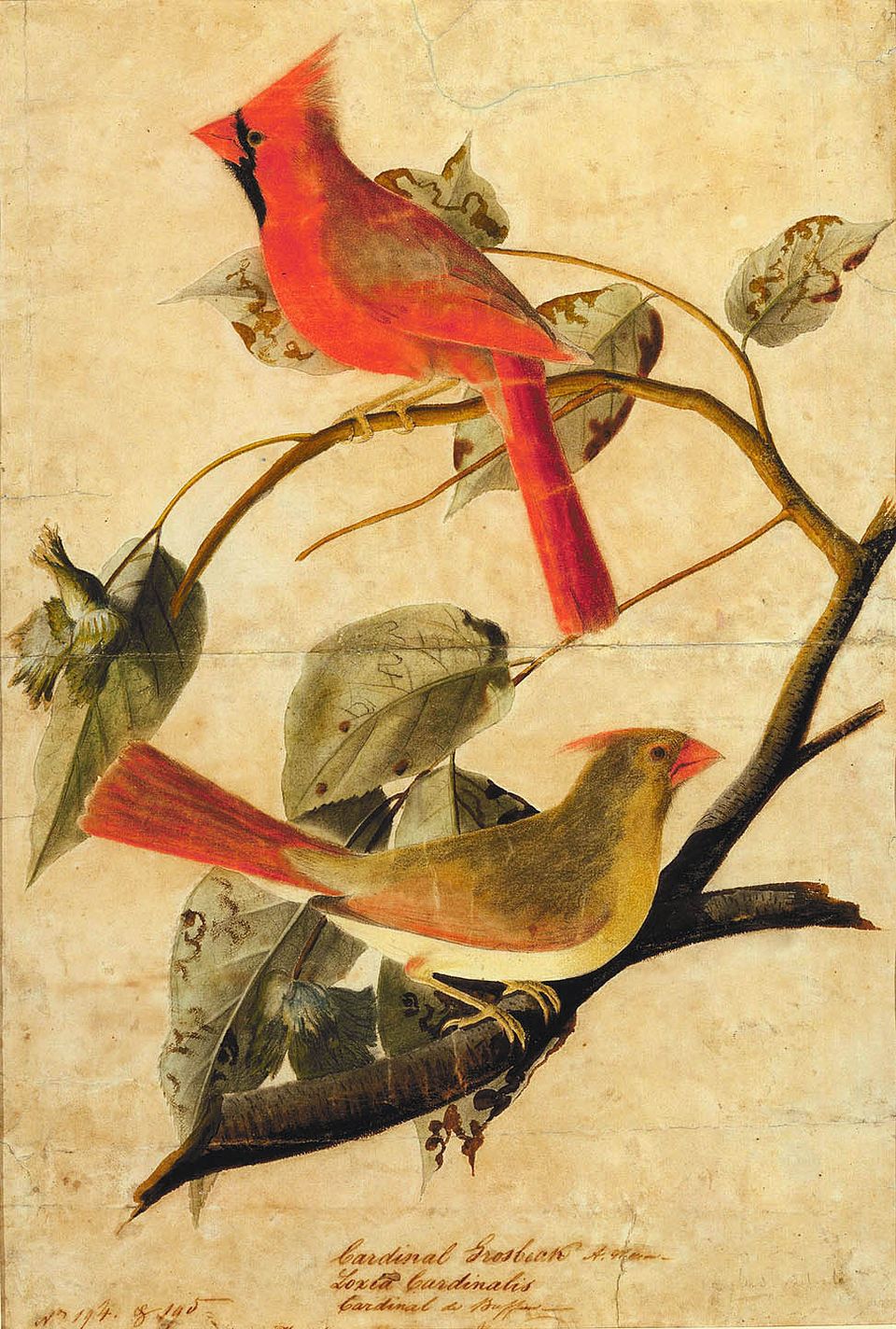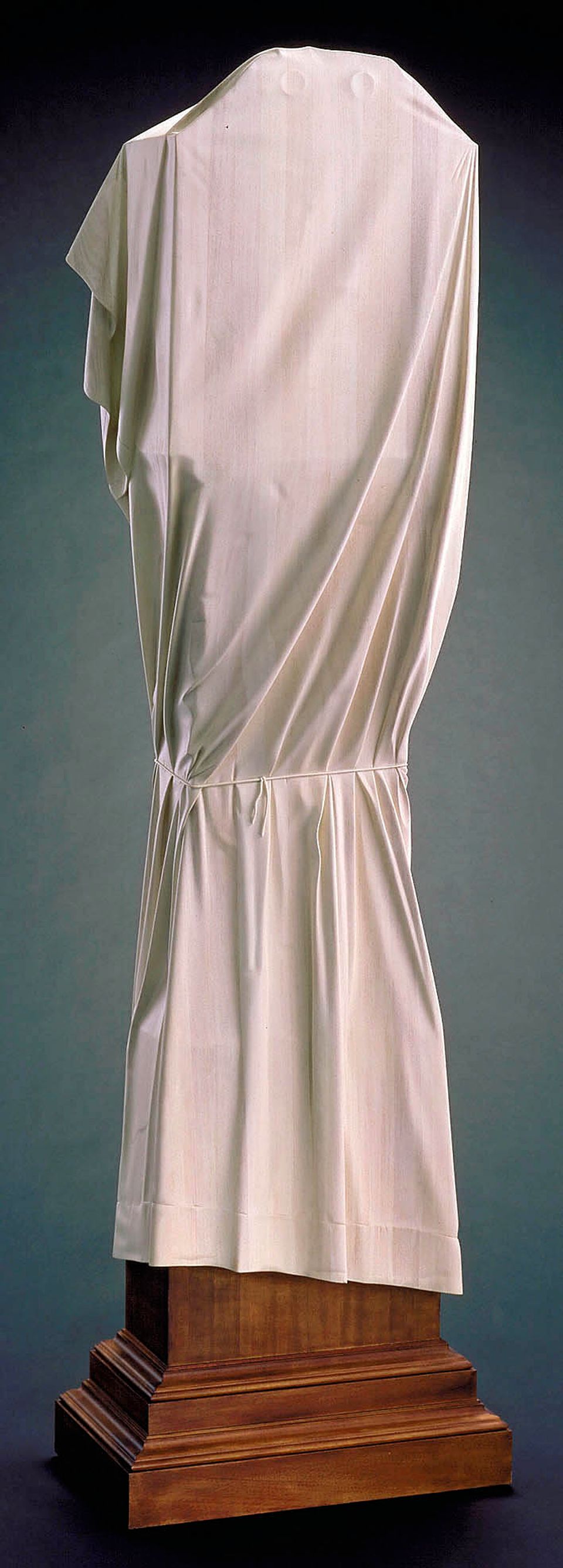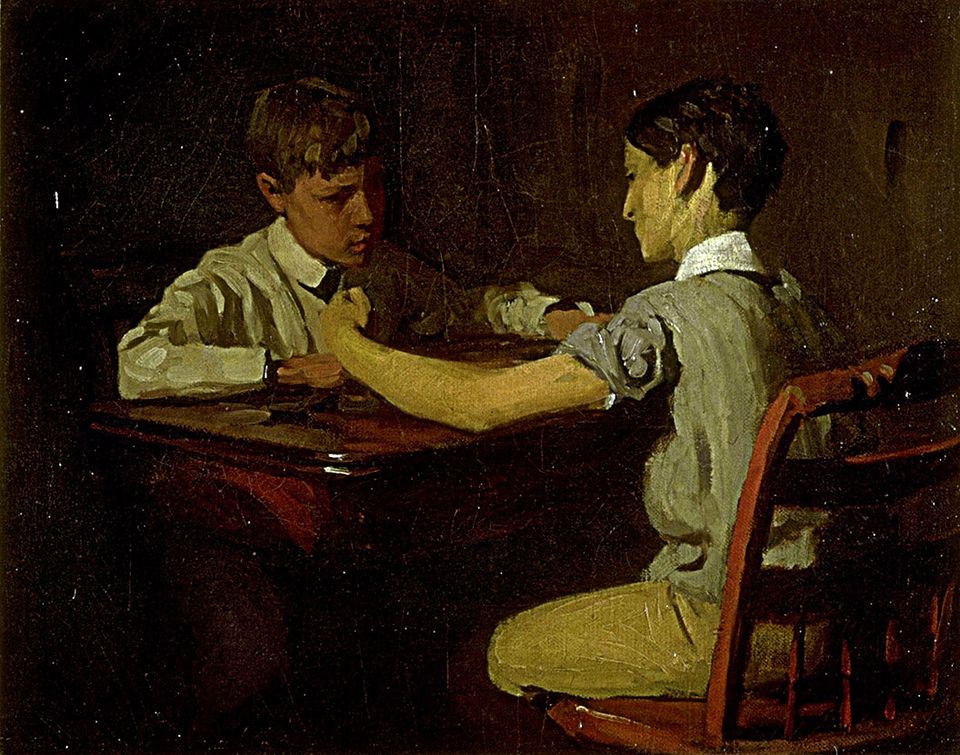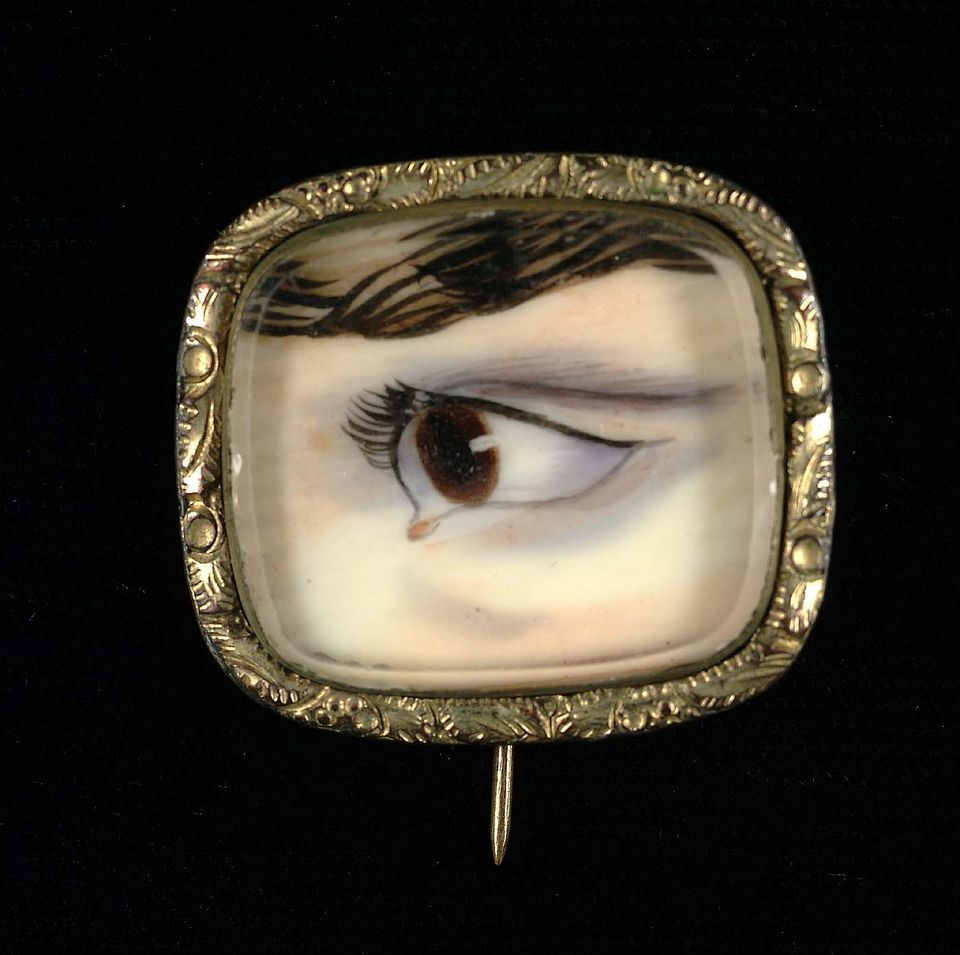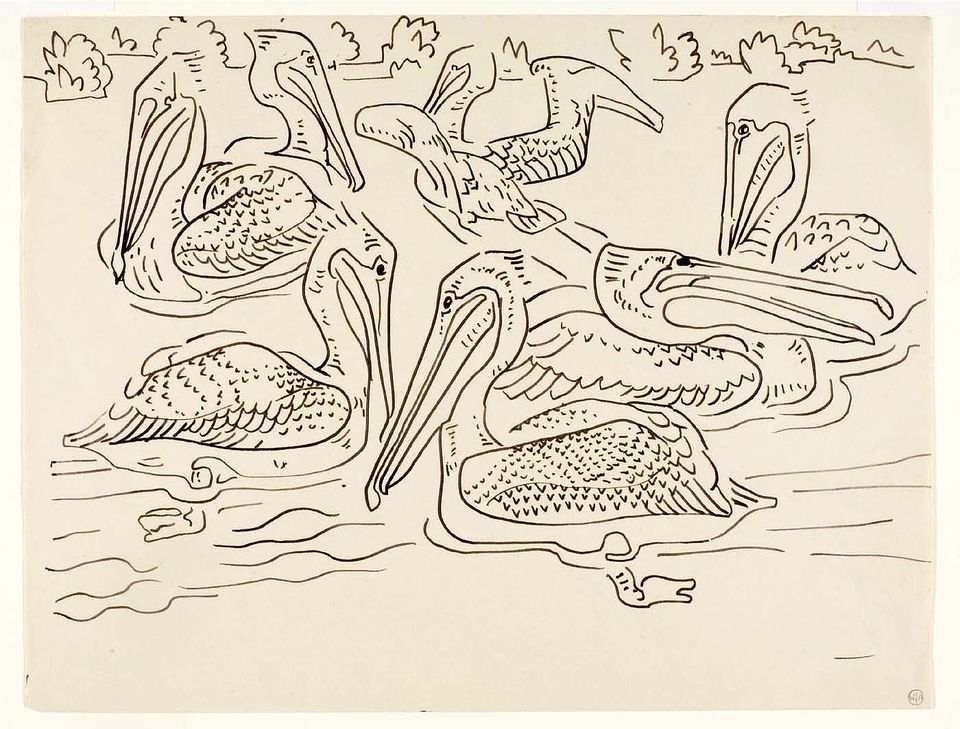SAAM Stories
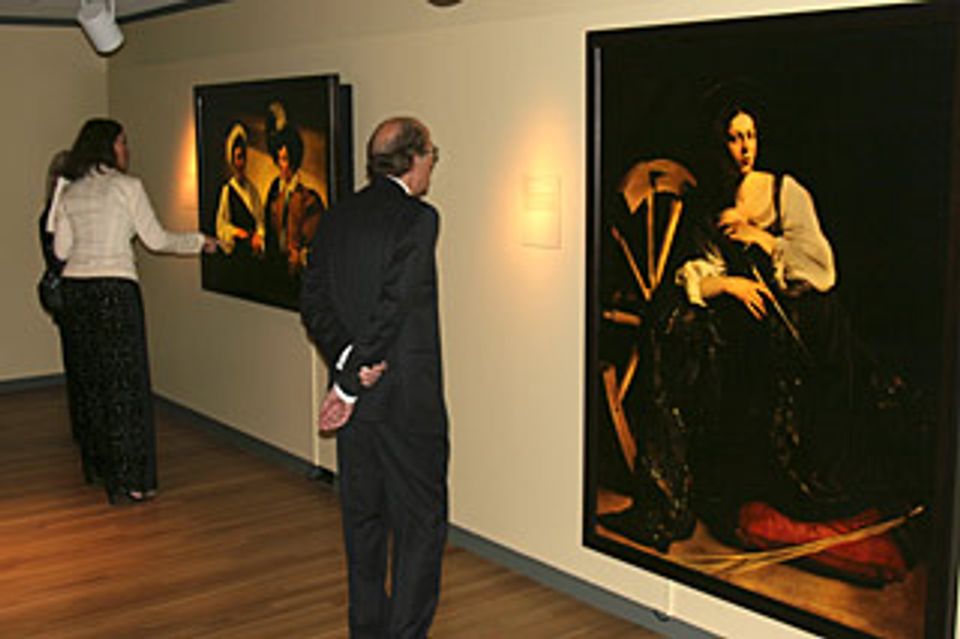
01/19/2006
There’s a discussion buzzing on the Eye Level backend about Caravaggio: una mostra impossible, the “impossible” Caravaggio exhibit at the Loyola University Museum of Art in Chicago. The exhibit features 57 backlit digital reproductions of works by the artist—masterpieces, all, that surely could never be seen together in any one place at any one time. Some of us are quite critical of this exhibit, while others are ready hitch a ride to Chicago to see the show and buy the T-shirt.
Michael Edson

01/13/2006
Today, an introduction to one of the first exhibitions to be installed: Passing Time: the Art of William Christenberry.
Christenberry works in a variety of media including painting, photography, and sculpture, often using the rural landscape of his native Alabama as his subject.
SAAM Staff
Blog Editor
Image Not Available
01/06/2006
I TiVoed Imagining America: Icons of 20th-Century American Art but didn’t have the time to sit down and watch it before I set off for a vacation in Texas.
Kriston

12/21/2005
On a flight recently I saw so many people reading books by Malcolm Gladwell—three reading Blink (myself included) and one other reading The Tipping Point—that I began to suspect it was a new Federal Aviation Administration security mandate. (At least I would have been on the right side of the law.)
Kriston
Image Not Available
12/12/2005
Washington Post art critic takes the Smithsonian Air and Space Museum to task for screening Harry Potter and the Goblet of Fire at its Imax theater.
Kriston

Talks and Lectures on American Art
12/08/2005
First in a three-part series about fall lectures in Washington, DC. Glenn Lowry, the director of MoMA, spoke at the Hirshhorn in late October.
Kriston
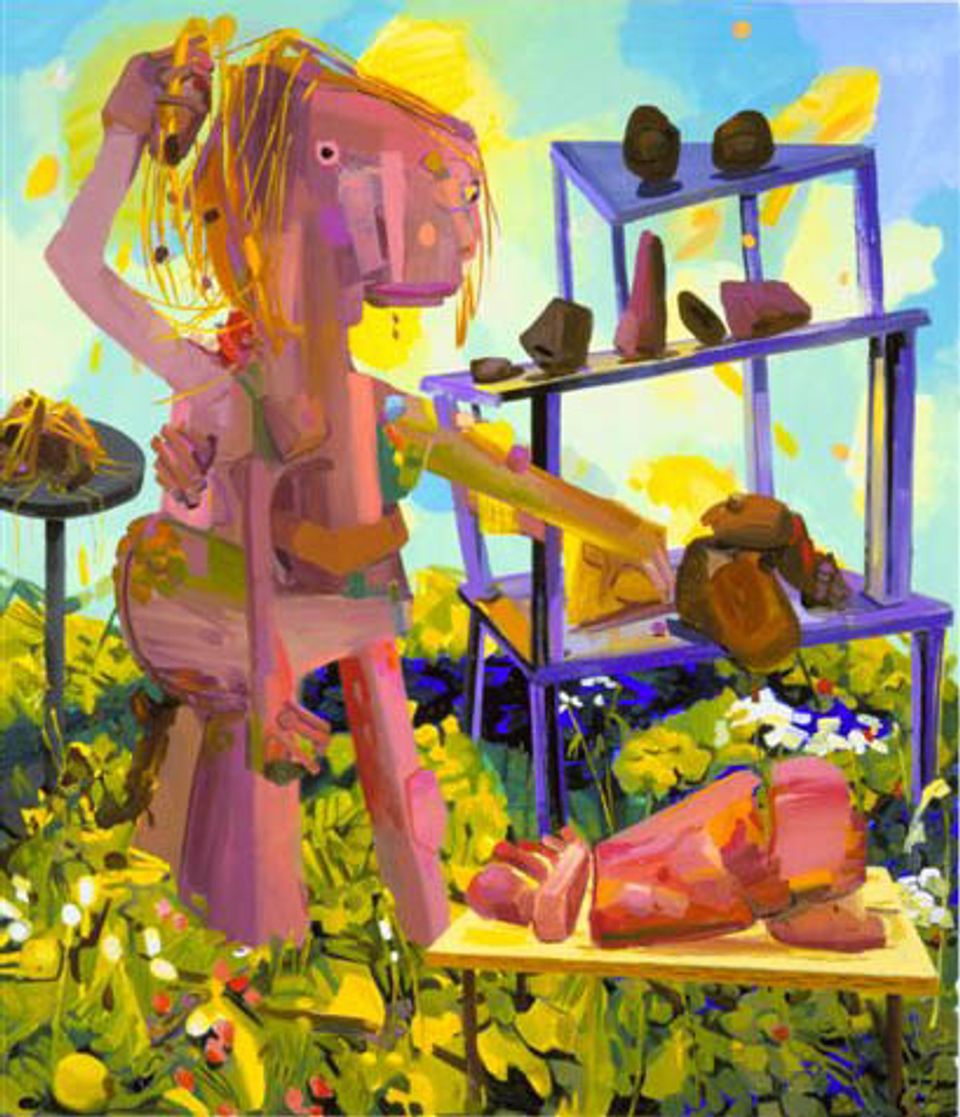
12/02/2005
Economist Tyler Cowen mentioned that he's still thinking about Dana Schutz's paintings after a recent tour through MoMA. There's been no lack of attention for Schutz since 2003, when her works were featured in both the Venice and Prague biennales—just one year after her graduation from Columbia's MFA program.
Kriston
Image Not Available
11/22/2005
Easily one of the iconic visual artworks from the last few decades—and all the more so for having been seen by so few people—Robert Smithson's Spiral Jetty (1970) has possibly never looked better. Underwater for years, the land art sculpture reemerged in 2002 after the Great Salt Lake's waters subsided slightly.
Kriston

11/15/2005
A little background: In the 1830s George Catlin, a painter, traveled across the Great Plains in order to document the "manners, customs, and conditions" of the Native American Plains tribes. Catlin roughly followed the Missouri River, journeying nearly 2,000 miles, and in doing so produced his Indian Gallery, a body of work that catalogued individuals and activities of fifty different tribes.
Kriston














